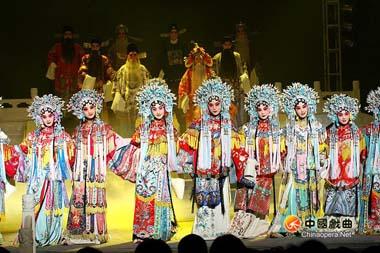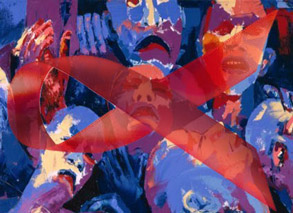Chinese Opera Costume
2009-06-19 17:25 BJTChinese opera costumes are colorful, lavish, extravagant—a visual feast. Actors might wear richly embroidered coats, ceremonial robes, or full armor, along with elaborate headgear. Based loosely on fashions of several centuries ago, these costumes are not really meant to represent any historical period, or even to suggest a time of year. Instead they serve as pageantry and also to signal the character’s age, social position, and personality.
 |
Some costume elements are purely for show. For instance, young leading characters commonly wear “water sleeves”—lightweight white extensions of their regular sleeves that trail as low as the ground. These can flow gracefully at full length, or with a few flicks of the wrists fold back to expose the actor’s hands. Warrior helmets are often graced by two pheasant feathers rising high, while armor is often augmented by four pennants jutting out from the back. Both additions create impressive effects during acrobatics.
 |

 Mail
Mail Share
Share Print
Print


 Video
Video









 2009 China Central Television. All Rights Reserved
2009 China Central Television. All Rights Reserved